Rega: the Swiss saviour
Rega, also known as Swiss Air-Rescue, carries out helicopter and ambulance jet missions in Switzerland and abroad for those in need. The non-profit foundation celebrated its 70th anniversary this year and is supported by the financial contributions of more than 3.6 million patrons.
History of Rega
It is a scenario that Rega is all too familiar with. An accident occurs – in the middle of a mountain or hard-to-reach area – and a patient is left stranded. The emergency situation means the patient has little option to return home.
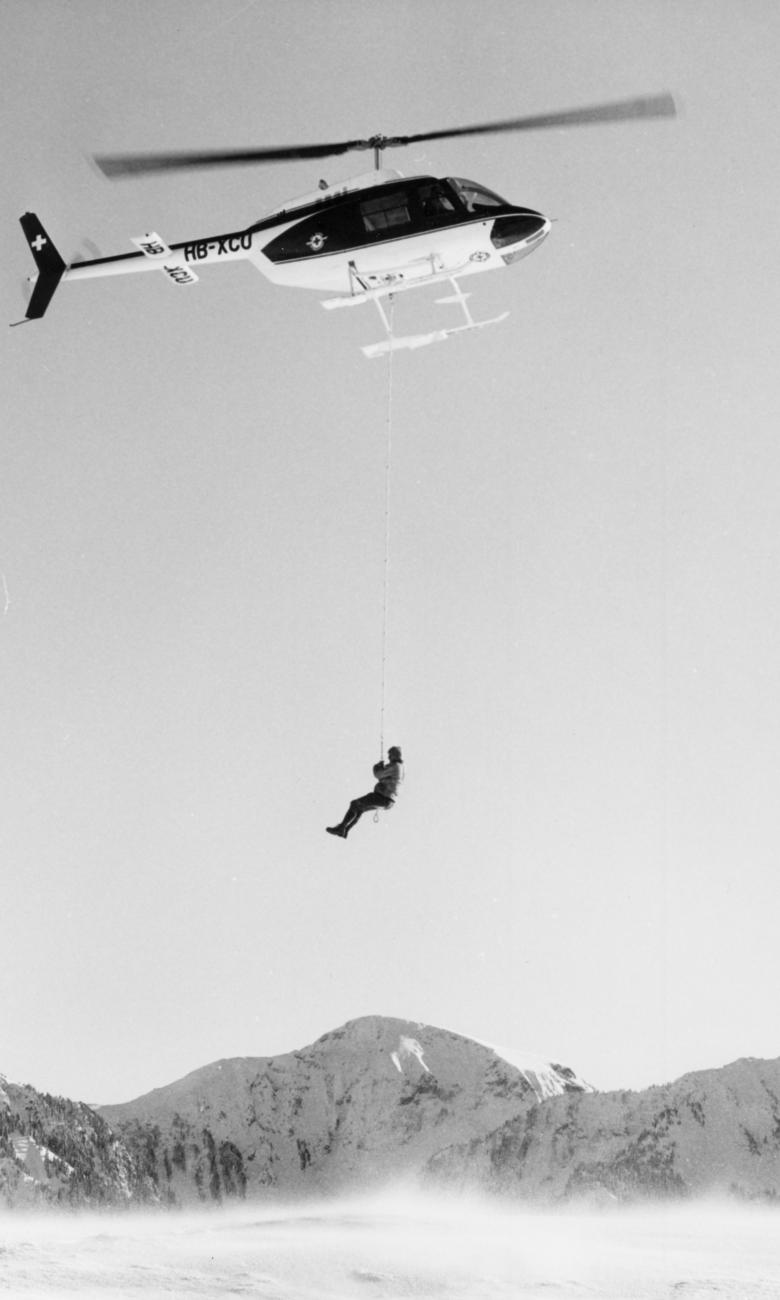
This was the case in winter 1953 when a rough storm hit the southwest of the Netherlands causing dikes to break. The catastrophe was considered one of the largest natural disasters of the past century for the country, leaving hundreds of towns and villages flooded. The services of the Swiss Air-Rescue were immediately called upon and a rescue team was deployed. The pilots and parachutists spent the next three days and nights on duty at the North Sea with the help of a rented helicopter.
It was one of the earliest missions of Rega, which has since grown to become a vital Swiss institution.
There is no doubt about it: in Switzerland ‘Rega’ simply means air rescue.
René Rhinow, former President of the Swiss Red Cross, in the foreword of the book Die Rega - Destination Patient
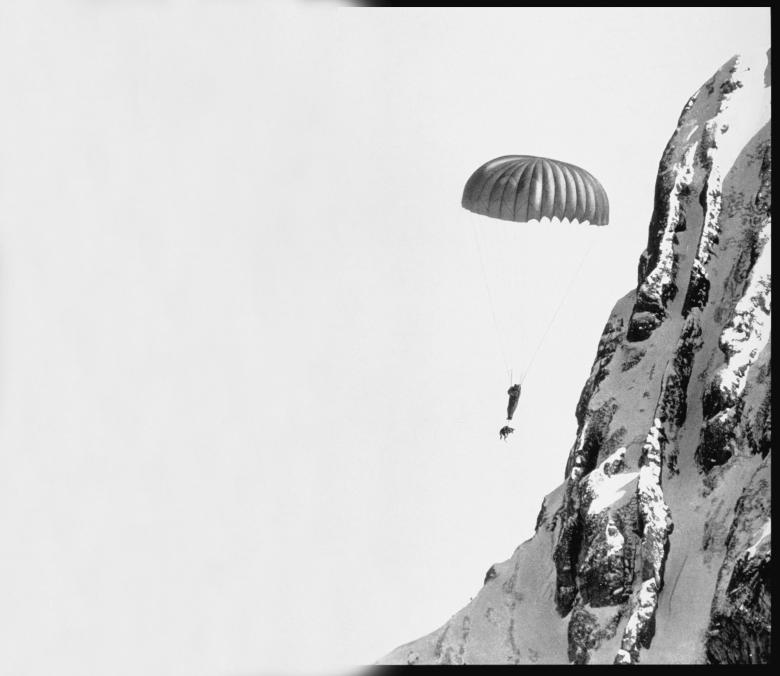
© Rega
70 years of Rega
Rega was founded in 1952 by Rudolf Bucher under the umbrella of the Swiss Rescue Association (Schweizerische Lebensrettungsgesellschaft (SLRG)) in the canton of Bern. Seventy years later, it operates as an independent and privately-run foundation with around 400 employees who serve the Swiss population both at home and abroad.
The magic number to call: 1414. Overall, there are 14 helicopter bases spread out across Switzerland to ensure that any location – whether in a densely populated area or mountainous region – can be reached within 15 minutes. One of the key services is search and rescue. For example, when a hiker is reported missing and does not return in the evening.
The core mission has changed little since Rega’s founding. The Gazette de Lausanne described Rega as “the rescuers of the sky” in 1985. “The important thing for the Swiss Air-Rescue (REGA) is to make the public understand that our helicopters are much more than a means of transport,” wrote Sylvio Refondini, who headed Rega’s Lausanne office at the time. “They make it possible to move doctors in absolutely unrivalled times, then to transport injured people to exactly where they need to go, while administering to them the care their condition requires.”
Some of the critical operations in Rega’s history include an avalanche accident in Graubünden in 2015. Seven members of a ski touring group were buried on Mt. Vilan and three Rega rescue helicopters were dispatched from Untervaz, Mollis and St. Gallen. Another large-scale operation took place in December 2004 when a tsunami in South East Asia presented Rega with “one of the greatest challenges in its history”. Three ambulance jets were deployed to Thailand and Sri Lanka and more than 60 patients were flown back to Switzerland within a week.
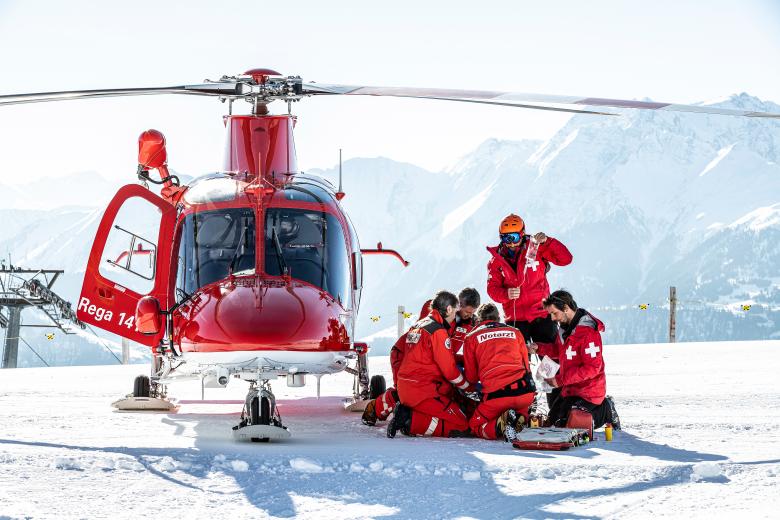
© Rega
The patron model
Today, Rega’s unique patron model is considered one of its greatest milestones and successes. “In the vast majority of countries around the world, air rescue is a task financed by the state and carried out by private contractors, such as commercial air rescue companies,” says Rega spokesperson Corina Zellweger. “In Switzerland, things are different: Rega is a private non-profit foundation supported by more than 3.6 million patrons, which ensures basic medical care from the air. This independence allows us to put the wellbeing of patients at the centre of everything we do.”
The idea came about in 1966 when Rega was running out of money. Requests for financial support from the Federal Council were declined and Rega turned to the wider public for donations. The cost? 20 Swiss francs to join as a patron. Nowadays, patron contributions and donations cover approximately 63.5% of Rega’s costs with the rest borne by insurance companies.
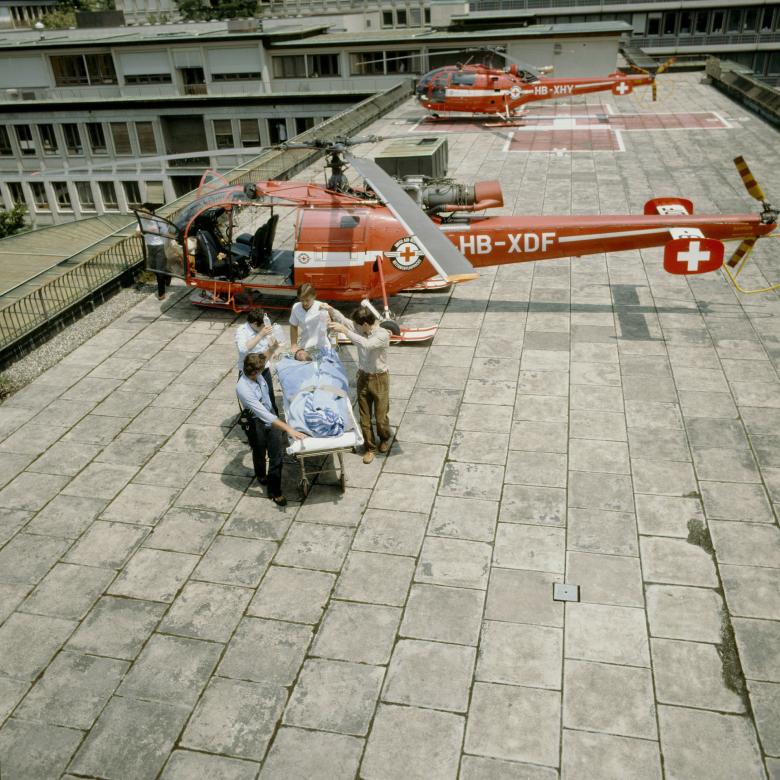
© Rega
A record year
2021 was the busiest year for Rega to date. From its operations centre at Zurich Airport, over 18,000 missions were organised with its fleet of rescue helicopters and ambulance jets. This translated to about 50 missions per day on average. “The increase in repatriations is due to the increased travel activity of the population compared to the first year of the pandemic,” states the organisation.
Altogether, over 12,000 patients were cared for. “In general, our mission figures fluctuate and depend, among other things, on weather conditions and the leisure and travel behaviour of the Swiss population and tourists,” notes Zellweger. She adds that bad weather still remains the biggest obstacle for its operations preventing some 600 patients from being treated every year.
One of the ways to combat fog and snowfall includes a nationwide network of flight routes that are stored on computers. This allows helicopter pilots to follow a route even when visibility is low. Other tools include thermal imaging cameras and mobile radio detectors, which can locate a missing person’s phone even in areas without coverage.
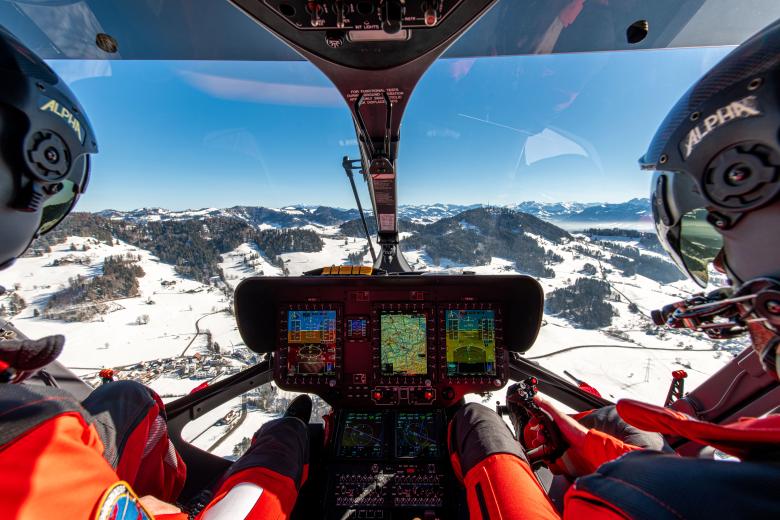
© Rega
The flight ahead
The organisation is putting a greater focus on innovation to stay ahead in air rescue services. This year, Rega debuted its latest drone equipped with sensors to scan large search areas. In addition, Rega will start using its newest rescue helicopters with a five-blade rotor at its Sion base in the 2022/2023 winter season. For the 2024/2025 season, the organisation plans to replace its entire H145 fleet with these modern helicopters.
The business of rescuing individuals by air is as is important as ever yet ever-changing. “It was 16 very exciting years, because there were many changes and enormous progress, partly due to digitalisation and technical innovations,” says CEO Ernst Kohler who stepped into the role in 2006. But one thing remains certain for him: “Despite all the progress, however, Rega has remained the same at its core: we focus on the well-being of our patients and bring medical help from the air to people in need. Rega has become an indispensable part of the Swiss healthcare system.”
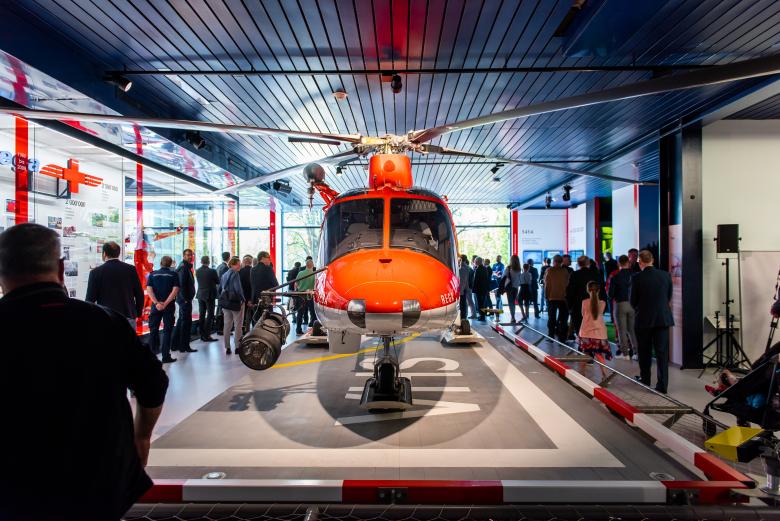
© PPR/Verkehrshaus/Thomas Luethi
Cover image: Ambulance jet Bombardier Challenger 650, © Rega




